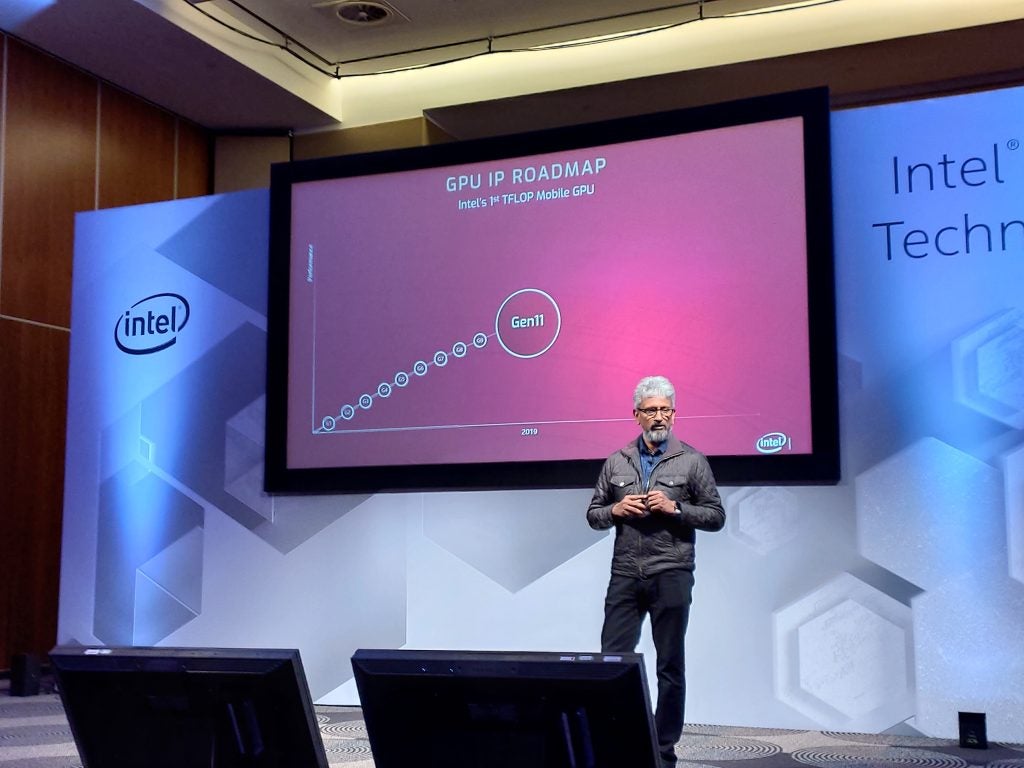Move over Nvidia and AMD: Intel integrated graphics are the future of gaming, apparently

Intel wants to make its integrated graphics the one stop shop for gamers, replacing dedicated GPUs from the likes of Nvidia and AMD on most systems.
Raja Koduri, Intel chief architect and senior vice president, made the claim during a talk at the Intel Software Technology Day in London on Wednesday (June 19).
“Our architecture strategy for graphics moving forward is based on our newly announced Xe. We have two micro-architectures underneath Xe: one optimised for mobile one optimised for data centres,” he said.
“This takes advantage of our 20 years of software development. We are planning in our road map solutions to go past TFLOP to PFLOP. We’re going to have solutions that go from integrated, to mid-range, to enthusiast gaming, performance to data centres.”
Related: Best CPU for gaming
The Xe is Intel’s latest graphics platform. It comes with a number of advanced features previously unseen on Intel hardware, including Ray Tracing. Ray Tracing is a next generation lighting technology traditionally on seen on Nvidia RTX graphics cards.
It aims to make games’ lighting, reflection and shadow effects look far more realistic.

Koduri went on to suggest that the company will further expand its discrete GPU, as well as integrated offerings.
“The Intel strategy on both integrated and discrete GPUs has been going on for some time. We haven’t talked about it much in the past but that is changing,” he said.
“We recently announced Gen 11 graphics, which is our first TFLOP integrated mobile GPU. An enormous increase in performance for our thin and light computers. We’re not stopping there.”
Related: Best graphics card
This is apparently because Intel believes there is still the potential to offer “10x” improvements in graphics hardware performance “on a variety of verticals”. Koduri highlighted CPU performance as an area where this is more difficult, due to the “curse of flattening” during the same event.
If the company succeeds with its lofty ambitions, this could be a huge boon for gamers, letting them pick up thin and light laptops capable of playing triple triple-A game and build cheaper, more compact desktop systems.
At the same event, the company claimed its current generation i7 U-series CPU can play popular shooters including Fortnite and Overwatch in 1080p at 60fps using its integrated graphics.


